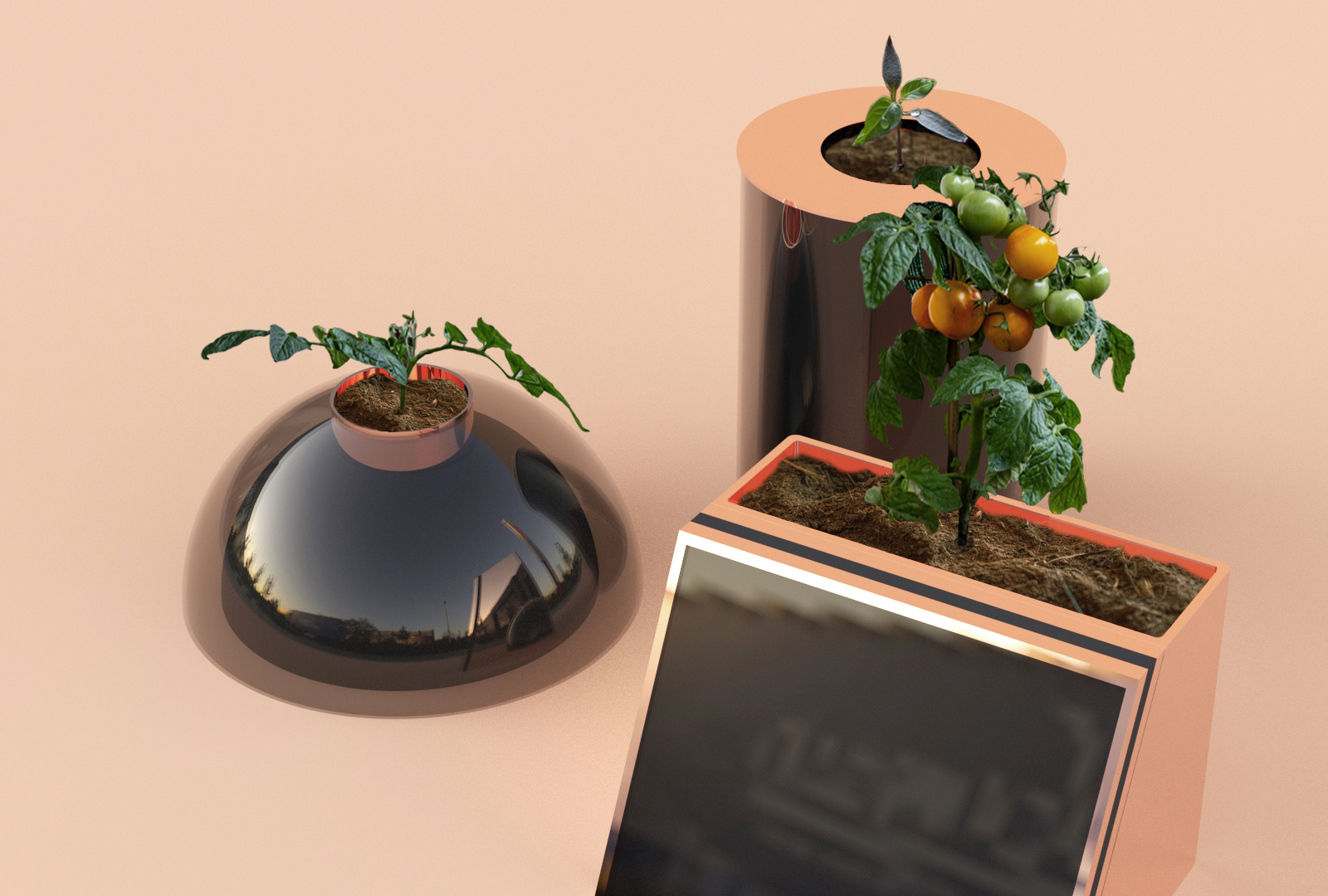Step 01
My first step was to recreate a research paper published by MIT, “Dual-Stage Atmospheric Water Harvesting Device for Scalable Solar-Driven Water Production”. However, I quickly discovered the materials they used were no longer commercially available. After consulting with a physical chemist, I experimented with a novel material composite that could passively boost the process of condensation. Moisture is absorbed at night, heated by the sun in the morning, and condensation forms via a temperature differential. I then built prototypes and tested them for feasibility.
Some Notes
These experiments were conducted in the summer in the high desert, with daily humidity levels between 5-40%. Under such conditions, the system was successful in producing only a small amount of water. I must continue the research to optimize for increased productivity. However, even small amounts of water may make the difference in certain contexts, and to certain creatures.
Step 02 - The Garden of Life Support
Below are designs for planter boxes that utilize the above system to create their own water. These could potentially protect potted plants or home gardens under drought conditions, especially if water rationing is necessary. Though small scaled, this system could extend food production for home gardens, or provide water to insects and animals that might otherwise go completely without for extended periods of time.










